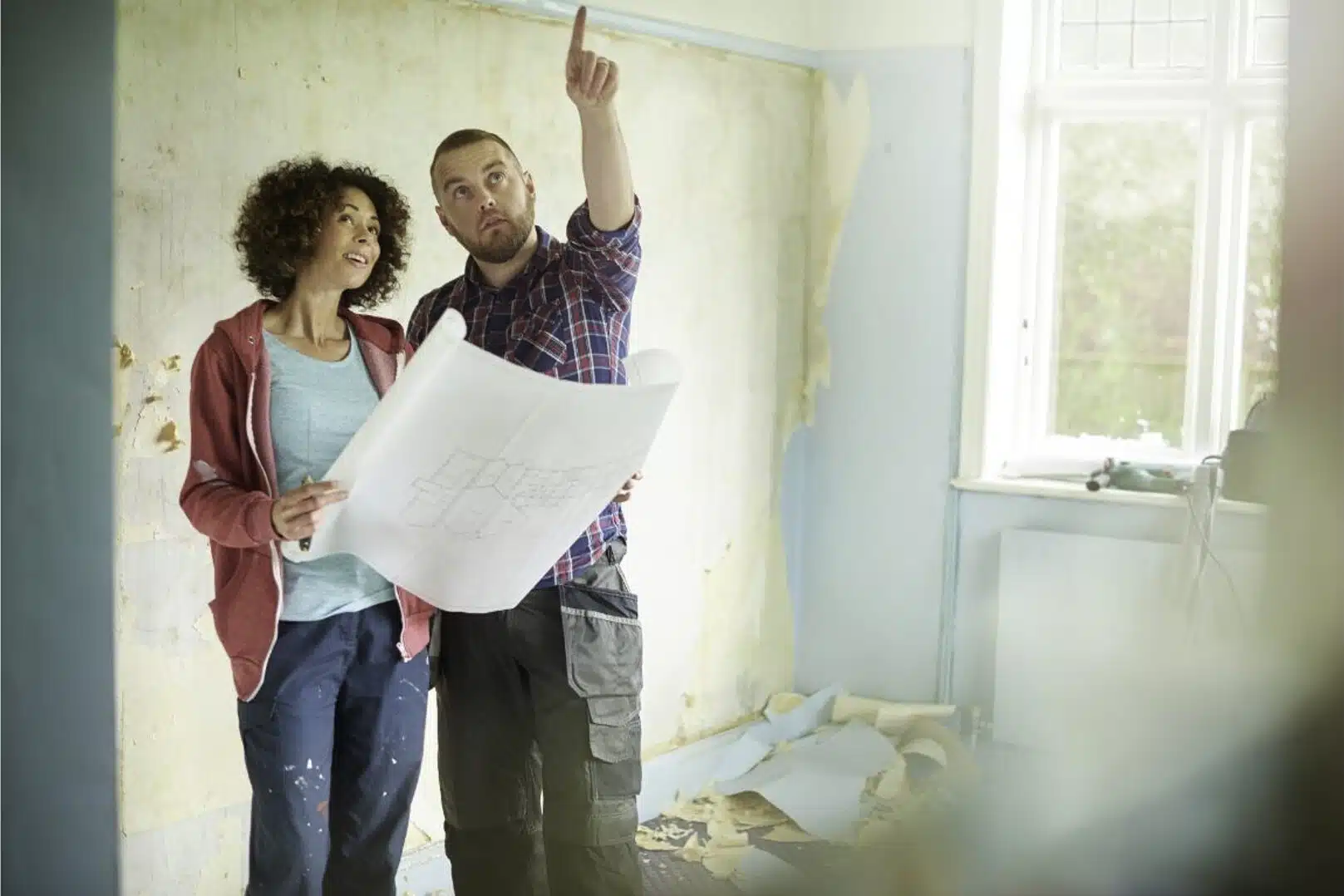You’ve just bought a house and you’re ready to tear it apart and make it your own. It’s exciting! But it can also be overwhelming, especially if you don’t know where to start. You may have some ideas of what you like or what you need, but how do you prioritize? In this article, we’ll cover the best order to remodel your home.
While there are no hard-and-fast rules for remodeling (every house and every family is different), here’s a good general guideline that will help you get started.
1. Nail Down a Budget:
This should be step one for any project. It’s important to know exactly how much you can spend so that you can plan accordingly. If you have $5,000, you can’t spend it all on your bathroom if you still need new plumbing in your kitchen!
2. Demolition:
Take out what needs to go before starting anything else. Once rooms are cleared out, it’ll be easier for contractors to do their job without having any obstacles in their way.
3. HVAC, Electrical, and Plumbing:
These three systems share a common bond — they’re all hidden from view — so they’re often overlooked during a home remodel. But if these systems are out of date or poorly designed, they’ll cause problems down the road. This could potentially cost you more money. So it’s important to address them first and get them right before moving on to other parts of your remodel — like painting or installing new cabinets.
4. Framing and Drywall:
This step includes framing out the walls, installing drywall, and painting. When you’re remodeling a kitchen or bathroom, it’s important to make sure that you have enough studs in place to hold up the new cabinets or other features that you’re adding.
5. Painting:
Painting is an important part of remodeling because it helps your home look like new again after everything else is done. The first step in painting is prep work—you’ll want to make sure your walls are clean and free of any dust or debris before applying paint. This prep work can take up to two days, depending on how much there is to do and how many people are working on it at one time. Once that’s done, painting should only take about three days (assuming that there’s no need for multiple coats).
6. Cabinets & Fixtures:
You don’t have to wait until after your cabinets are installed to paint them; however, you should still try to match all the colors in your kitchen so that everything coordinates nicely together when it comes time for painting day. If there’s something that can’t be painted (exterior doors), replace it instead; otherwise, just paint away!
7. Doors & Windows:
Replacing old doors and windows can make a huge difference in how much heat or air conditioning your house uses — and how much comfort it offers year-round. If you’ve got older, single-pane windows with cracked seals, they’re probably costing you money every month. If they’re drafty, they may even cause headaches or allergies in some rooms of your home.
8. Clean House & Air Vents:
It’s time to deep clean all of those dusty surfaces in your home (and not just because you have company coming over). Cleaning your air vents is one of the best ways to freshen up your home. This step also helps eliminate any dust mites that may be lurking in the corners of your home. After you remodel your home this is a necessary step to take.

Hire an Expert General Contractor When You Remodel Your Home
If you’re looking to do a significant remodel, like a basement finishing, you’ll want to get someone on board with significant remodel experience. By having a pro, like Allied Remodeling Contractors review the project early in the game, they’ll be able to help you avoid costly mistakes in the future. They can also help you make sense of the costs and find ways to save money. A good contractor will be worth their weight in gold, so don’t skimp when you remodel your home! If you are located in the Utah County area give Allied Remodeling Contractors a call at (385) 412-8088.


 Did You Know May is National Home Remodeling Month?
Did You Know May is National Home Remodeling Month?